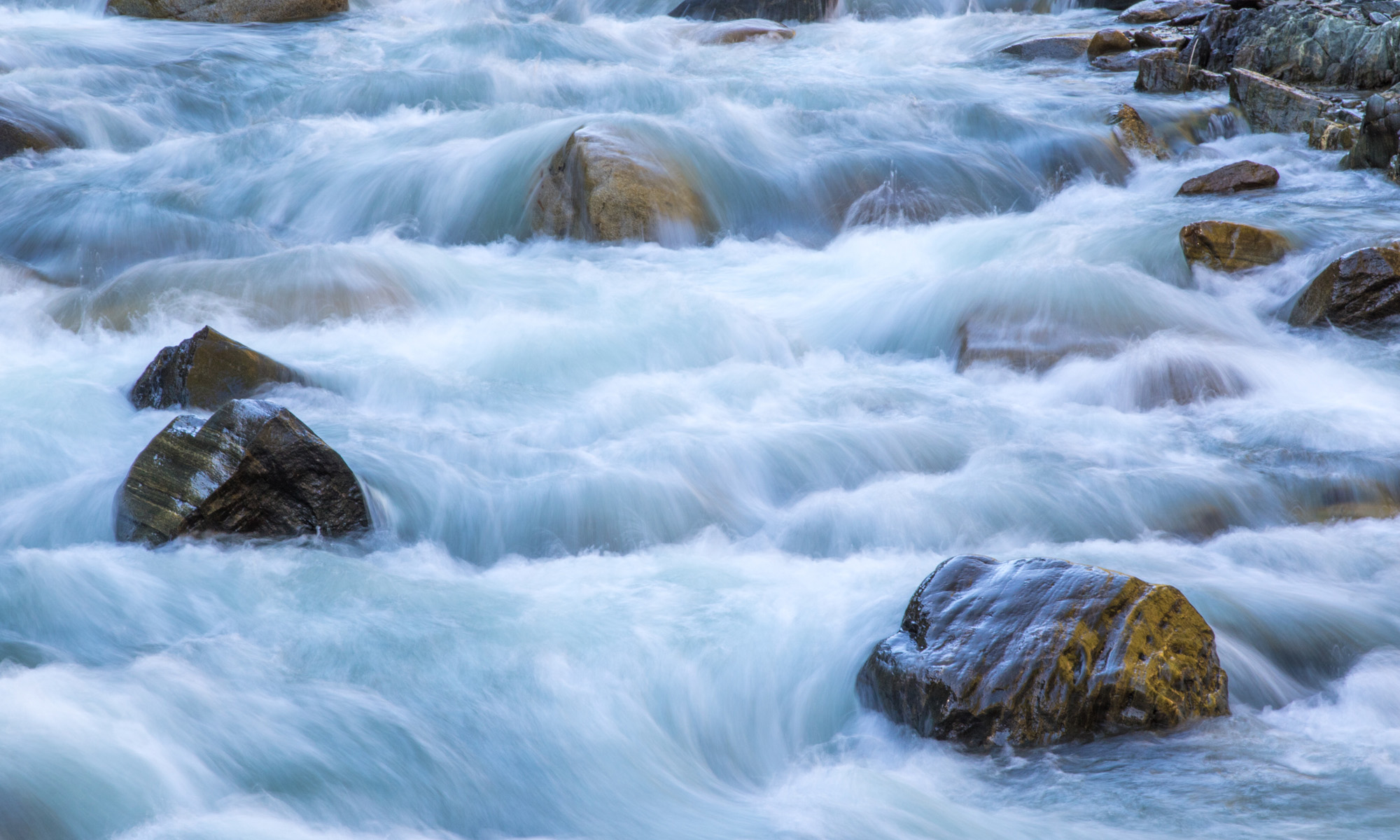Today’s Question: When using the Remove tool in Photoshop, when I paint to remove a dust spot it is not removed immediately. Instead, if I keep painting on additional dust spots the color overlay appears, and then I have to click the checkmark button to apply the cleanup. Is there a way to remove each dust spot as I paint on it, like the other cleanup tools behave?
Tim’s Quick Answer: Yes, you can have each brush stroke apply cleanup immediately by turning on the “Remove after each stroke” checkbox on the Options bar before you start painting in the image with the Remove tool.
More Detail: The Remove tool in Photoshop includes an option to either remove a blemish every time you paint with the tool, or to allow you to paint over multiple areas and then apply the cleanup all at once. This is controlled by the “Remove after each stroke” checkbox.
If you have the checkbox turned on, each time you paint with the Remove tool the area you painted will be cleaned up, similar to how many of the other image cleanup tools in Photoshop behave. If you turn off the checkbox, you can paint in multiple areas to define where you want cleanup to apply, whether that is to create one relatively large area or multiple smaller areas around the image, for example.
If you have turned off the “Remove after each stroke” checkbox, once you’ve painted on all areas you want to apply cleanup to you can click the Apply button (the checkmark icon) on the Options bar to apply cleanup to the areas you’ve painted based on the other settings on the Options bar.
In general, I prefer to have the cleanup applied after each brush stroke, so I can evaluate the results along the way and undo or otherwise refine the result as needed. However, in some cases you may find it preferable to not apply the cleanup for each brush stroke, such as when you need to use multiple brush strokes to define a shape for a relatively large area that you want to apply cleanup to.

